National News
Up in air: Bihar voter rolls and GST 2.0
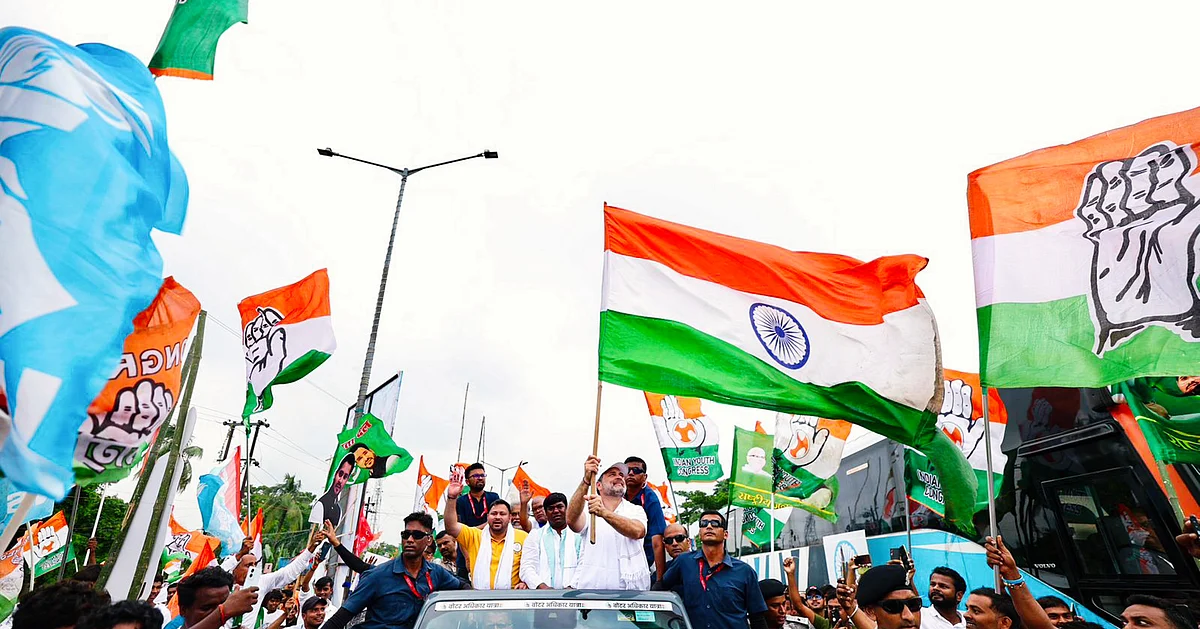
All India professional Congress president Praveen Chakravarti Looking for the truth – the brightness of the available data as well as the ‘special intensive amendment’ of the voter roll in Bihar is pushing the ECI to issue more information.
Chakraborty also worked with Prime Minister Manmohan Singh when he was preparing a blueprint for GST. Herzinder Electoral data is with them on the nuances of manipulation and the nuances of recently announced amendments in GST. Part:
The Election Commission has released machine-elective data of 65 lakh Bihar voters, whose names were removed. Do you notice a pattern in this data?
Initially, the Commission had flatly refused. After our challenge and the direction of the Supreme Court that the data was released, the Commission uploaded it, but in a fragmented manner. For any serious analysis, an integrated database of all 65 million entries is required.
Only then the pattern can be clearly identified. Instead, they gave data division in 3,000 booths, meaning 3,000 separate files. Each file should be analyzed individually. We are working on it. From our initial analysis, a very striking pattern is emerging, although I could not reveal the details yet.
Why is the Commission reluctant to share full data?
The Election Commission keeps opposing itself. First he said that the lists were already given to the booth agents. When Rahul Gandhi picked it up in Parliament, he repeated the claim, without making it clear that these were just printed bundles. As RahulYes Shown in Karnataka, the so -called list was a seven -foot high pile of papers for the single assembly section.
After our analysis and presentation, the Commission suddenly claimed “privacy issues”. This is public information – so what are they really hiding, and why are they refusing to share it?
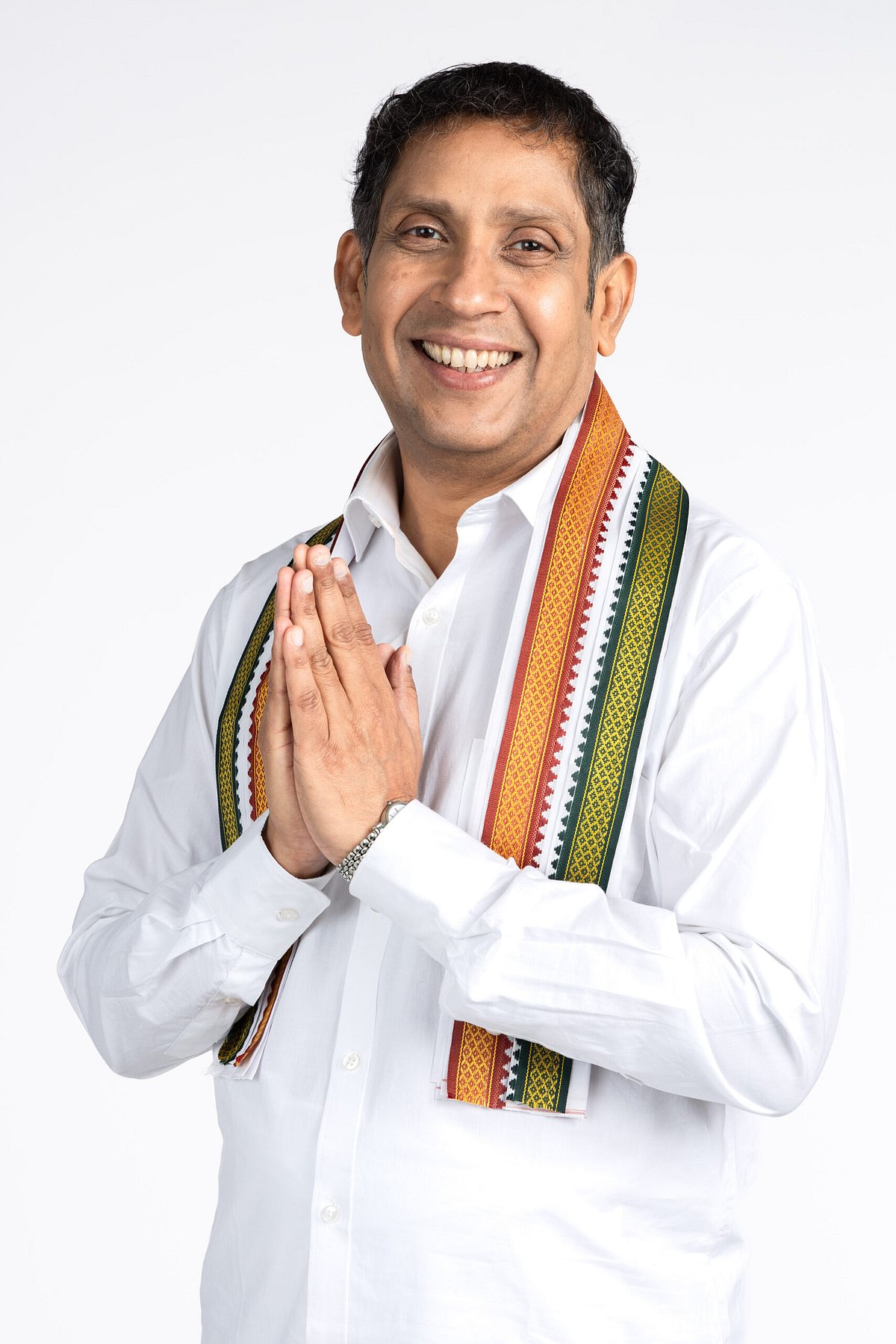
In Maharashtra, you found a different pattern …
As RahulYes In his press conference, a pattern has been visible since 2019. Before every election, some big plays will dominate the media – Pulwama, Pakistan, Ladki sister. Survey agencies will claim a huge supporter-BJP wave. When the results came, they match the estimates completely! This cycle was consistent. At that time, many suspected EVMs. Personally, I never mentioned EVMs.
I started analyzing whether the Ladki sister campaign could explain the result in Maharashtra alone. We performed well in the Lok Sabha elections, and 157 assembly were on tracks for seats. The alliance remained unchanged. Nevertheless, within five months, our tally fell to 50. It lies that every voter who supported the Maha Vikas Aghdi (MVA) suddenly changed the sides.
When we examined the data, we came to know that our votes have not fallen – rather, they had increased. On dealing, we realized that these were new voters – more than 7 million new names appeared on rolls. When I understood the game.
Nevertheless, I was not sure that it was the BJP’s ground operation or was doing the Election Commission. After Gyanash Kumar’s press conference (on August 17), it became clear that both were involved.
The case of Bihar is currently in the Supreme Court. If it does not move there, what are the options?
It has now developed in a full political movement. When I first raised the issue of Maharashtra, many suspected. Some called it misleading. The media said that this was due to the weak organization of the Congress. Today, that scene has moved. With RahulYes‘Voter Adhikar Yatra’ is going on in Bihar.
I came back only in Chennai from making a two -hour performance, where people wanted the concept of ‘vote’ Theft‘Explained in Tamil! So yes, while the legal battle continues in the Supreme Court, this fight is big. Even BJP colleagues should reflect – if it continues, their own parties may disappear overnight. This is not the issue of Congress vs BJP. It worries about the future of Indian democracy.
Rahul Gandhi has said Abhi is baki (This is just the trailer) ‘. Should we expect another big exposure?
I can say for now: Wait.
Let’s talk about GST. You worked with Manmohan Singh when it was first proposed. Did you ever imagine that it would be called ‘Gabbar Singh Tax’ one day?
During the UPA-2, we wanted to introduce GST, but this could not happen because a state opposed it-Gujarat. Its then Chief Minister was strongly against GST. Later, when the Modi government implemented it, why did GST turn into a disaster? Because it was all about optics, no sound economics.
On 8 November 2016, Narendra Modi announced demonetisation. By December -January, it was clear that this step would wreak economic havoc. To manage the fall, he participated in GST. The decision was taken in February and the GST bill was transferred to the Lok Sabha in March 2017.
Arvind Subramaniam, the then Chief Economic Advisor and the chairman of the GST panel recommended just two tax rates and a zero rate. It was ignored. IT infrastructure was also not ready. As a result, the absurd problems cropped up – for example, Wada pav While drawing a GST rate with butter Wada pav There was another one without butter. No country in the world has ever introduced GST in such a chaotic way!
Was it implemented under Manmohan Singh, can it be different?
Explain to me with a technical concept – Laughter curve. Governments need tax revenue. The easy perception is that high taxes bring high revenue. The laffer curve argues the contrary: low tax rates can actually achieve higher revenue, as low prices increase consumption, promoting collections. That Dr. Singh’s economist was knowledge.
The second point is that GST is an indirect tax, which is called an economist ‘retrograde tax’. Why regressive? Because whether you are Mukesh Ambani, an Mainrega worker or an urban film-going, the same is done. In contrast, income tax is progressive. Therefore indirect tax rates should always be kept low. But this government did the opposite.
Now that GST rates are being reduced, will the effect be positive?
So far, this is only the matter. When implemented, we will welcome it. This has always been the UPA’s approach. A male nameYes Has been constantly advocated for a simplified GST. I was in the manifesto committee with ChidambaramYesAnd we clearly recommended to keep GST rates simple. If the government eventually implements our manifesto, we will definitely support it.
Will such changes also reduce ‘tax terrorism’ related to GST?
There are two aspects – tax rates and tax compliance. Harassment, or what we call tax terrorism arises from compliance. The more complex GST becomes, the more scope for harassment. A simple structure can definitely help reduce it.
And what about the proposed 40 percent rate – what will be the effect?
It is impossible to assess its effect until we know which goods and services fall under that slab.
Will the low GST rates not create new problems for the states?
The fundamental fault in GST is that it says towards their fiscal rights. After GST, India became the only federal democracy, where elected state governments cannot take their own taxes.
Let me give you an example. When MG Ramachandran became the Chief Minister of Tamil Nadu for the first time, he promised to launch a universal mid-day meal scheme. Officials objected that it was ineffective at a cost of Rs 200 crore. MGR insisted that this should be done. To fund it, he raised taxes on cars, alcohol and luxury goods. The scheme was successfully rolled out, and years later, the UPA government expanded the whole of India.
Such innovation is no longer possible. GST removes the ability to design and design plans based on its needs. In a country like India, with such widespread inequality among states, they should have the freedom to carry taxes compatible with their circumstances.
The Modi government had said that their revenue will not decline after GST. This guarantee lasted for five years – it is now over. Another assurance was that GST would promote GDP up to two percent. Eight years later, there was no such effect. The state is now worried that their revenue will fall rapidly.
To make cases worse, the Center has expanded continuously the use of cess. In the last decade, they have increased by 10 percent. Under GST rules, revenue is shared with states, but cess collections go entirely to the central government.
National News
Mahua Motra Slam Center on ’20 Lakh Job Loss’ and ‘Vote Theft’
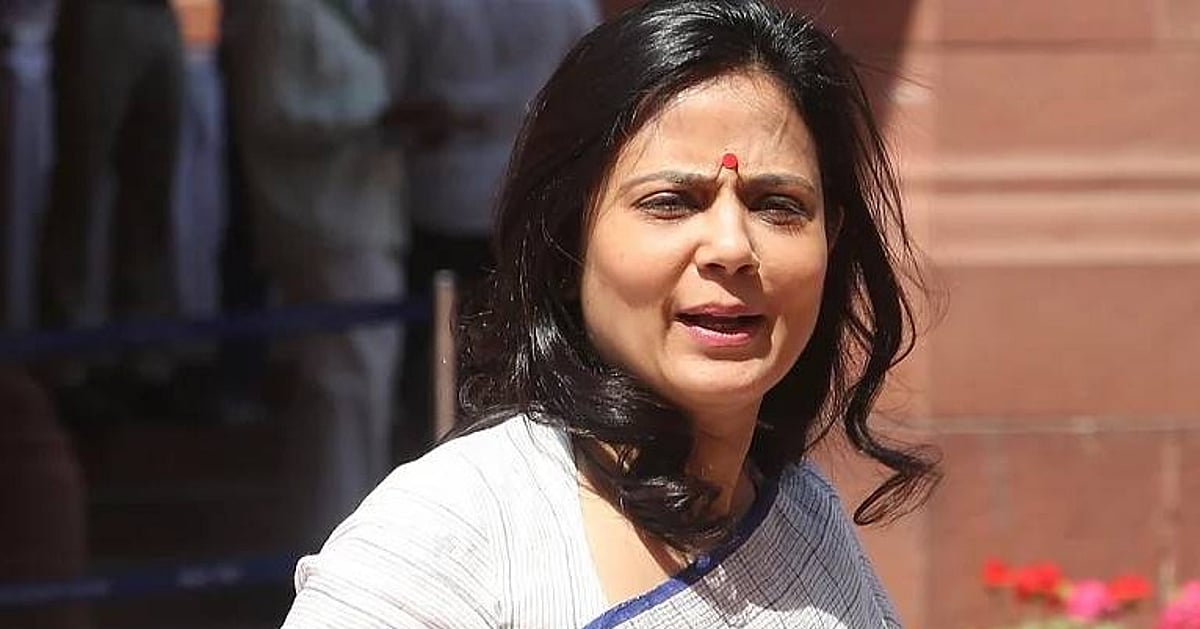
Trinumool Congress (TMC) MP Mahua Motra has launched a scary attack on the BJP -led Sangh government, alleging that the recent American tariff response on Indian exports stems indifferent to the popular decision as it is involved in electoral fraud.
Motra alleged that the ruling government has been formed on the basis of ‘Mass Disinfrangement’ rather than real public support.
In a video message shared on X, Motra questioned the silence of the Narendra Modi-led government, which was particularly in the BJP-ruled states on the economic impact of the 50 percent of the US tariffs imposed on major Indian industries.
He claimed that the inactivity of the Center reveals a disturbing disconnect from public accountability.
“The Opposition is showing the rest of India’s parts of how the Modi government and the present BJP government has rigged the voters’ mass and the big -scale elections, and originally a grand vote Theft“Motra said.
He cited several elections – which included 2024 Lok Sabha elections and in Maharashtra, Karnataka, Haryana and Delhi – where he alleged that he voted for irregularities, suggesting that the BJP’s electoral victory has made the government ‘impervious’ how its policies affect the public.
Referring to the 50 percent of the United States tariff on Indian shrimp exports, Mora exposed its inconsistent impact on Andhra Pradesh, a state ruled by the Telugu Desmim Party, an NDA ally at the Center.
He said that Andhra Pradesh alone accounts for 60 percent of India’s shrimp exports – which costs around $ 1.4 billion.
National News
Gaza Photo-Journalist Maryam Dagga’s last photo-and a letter to 13yo son
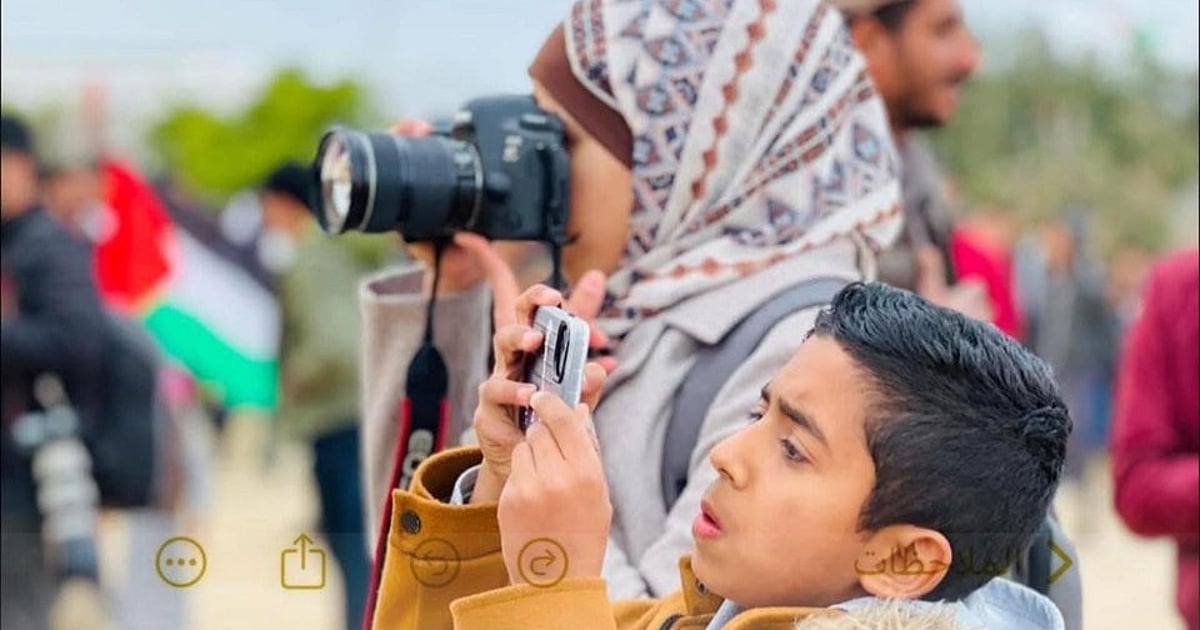
The last photos taken by Maryam Dagga show the damaged ladder outside a hospital in Gaza Strip, where she will be hit after moments of an Israeli strike.
Dagga, a visual journalist who independent of this associated PressAccording to health officials, out of the 22 people killed on August 25, Monday, out of five journalists, when August 25 was killed on Monday, when Israeli forces hit Nasir Hospital twice in quick succession.
National News
‘Partition Horrors’: Falsehoods, “with clear communal intent”, say experts
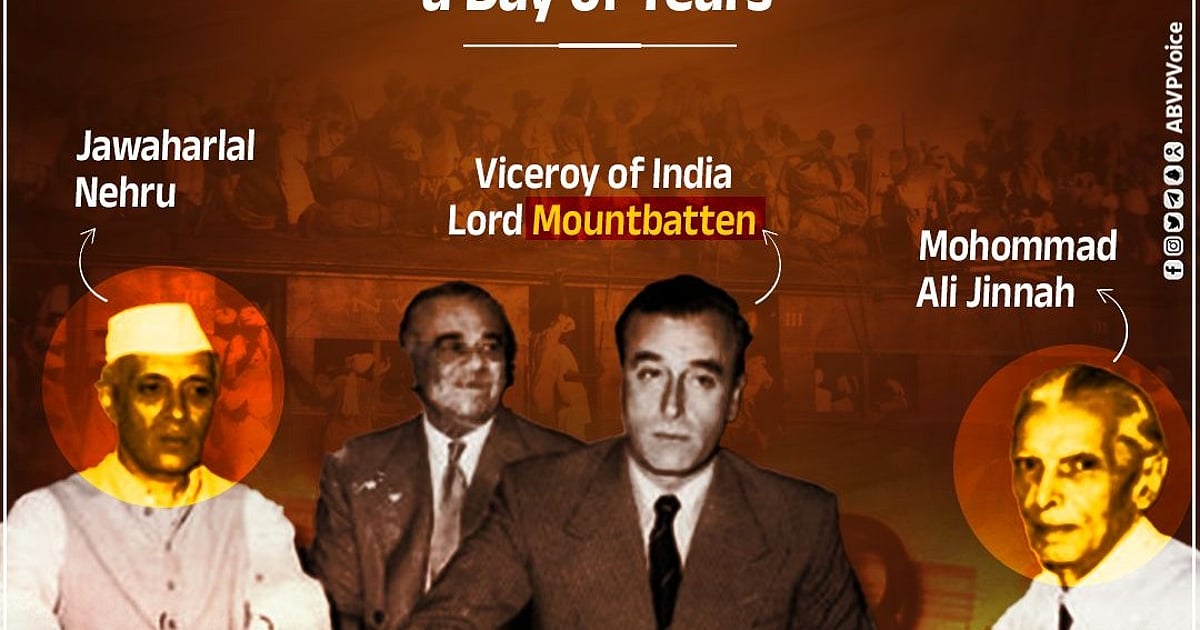
‘The Indian History Congress strongly protests the falsehoods, with a clear communal intent, being spread among middle and secondary-level school children by bringing out a Special Module on Partition Horrors Remembrance Day by the NCERT and Ministry of Education, Government of India,’ reads a resolution put out on 27 August, Wednesday, by members of the body and endorsed by eminent academics.
The experts aligned with the Indian History Congress, based in the department of history, Aligarh Muslim University (AMU), take particular issue the ministry and the NCERT’s stance that “The British government tried their best to preserve India as one until the end” — not that Partition (as also in 1857) was a colonial agenda, but that it was the Indian National Congress as well as the Muslim League that engineered the breaking up of India and Pakistan at both eastern and western borders.
‘Turning history completely upside down, the modules hold not only the Muslim League but also the Indian National Congress responsible for the Partition of the country. Quite in tune with the loyalist stance of the communal forces during the freedom struggle, the British colonial rulers are given a clean chit in these modules’ — the experts’ statement minces no words in assigning both intent and culpability, nodding to the RSS–BJP system behind the ‘new historical’ stance at a time when entire chapters of history textbooks, both in schools and colleges, are disappearing.
Among the signatories are Prof. (retd) Aditya Mukherjee, formerly of the Centre for Historical Studies, JNU (Jawaharlal Nehru University); emeritus professor of AMU Irfan Habib; emeritus professor of JNU Romila Thapar; former UPSC member Purushottam Agarwal; former CSIR chief scientist Gauhar Raza; eminent historian and former professor of the University of Baroda Ganesh Devy; and 32 other ‘tall names’ from the field of Subcontinental, South Asian and Indian history.
The statement points out that the 1942 Cripps Mission and the 1946 Cabinet Mission Plan — ‘which actually had the idea of Pakistan embedded in them’ — are wrongly cited as proof of the British ‘trying to leave a united India’.
Instead, the NCERT and the ministry of education (and their ideological masters) blame the Congress for not accepting these two excellent ‘plans’ — and even for ‘pushing Jinnah towards “direct action” and the Calcutta killings in August 1946!
According to the ‘Partition Horrors Remembrance Day’ special module, the statement notes:
The reality, the historians point out, is very far from this.
For the Partition of India was the result of ‘a long-term strategy of the British pursued since the 19th century of divide and rule, particularly after the revolt of 1857, which Hindus and Muslims fought together, shoulder to shoulder’.
Partition, they note, was the direct result of this long-term colonial strategy, backed by nearly a century of effort at maintaining the ‘divide and rule’ principle in action — culminating in the final ‘divide and quit’ of 1947.
The result of the British crown’s longstanding approach ‘could not be what some British strategist briefly flirted with in the end, the notion of “unite and quit”, a notion selectively picked up by the NCERT modules’, the IHC statement argues — and it goes on to explain, with examples.
‘Among the various strategies in the British armoury to divide and rule was the bringing in of the notion of separate electorates based on religion and their promoting religion-based communal political organisations. The formation of the Muslim League was a “command performance”, the resolution continues.
‘A benevolent attitude was taken towards other communal organisations be they Hindu or Sikh, while targeting the Indian nationalists led by the Indian National Congress,’ it notes.
After all, that was where the greatest danger to the British empire lay — and the enemy of one’s enemy may usefully be nurtured into a ‘friend’, a playbook our contemporary communal voices don’t shy away from either.
‘Finally, Indian history was rewritten, showing Indian society as historically always divided on the basis of religion and the British coming in to save India from religious strife and persecution under Muslim rule,’ continues the statement — drawing a straight line between the actual British approach to ‘Indian history’ and that which is being claimed as the ‘new and decolonised’ history books under Hindutva proponents who continue to pit Indian communities that have coexisted for centuries against each other right into contemporary times.
The statement continues, though without naming names: ‘The communal parties aided the British (emphasis ours) by acting as the bulwark against the rising Indian national movement. The British colonial interpretation of Indian society was adopted and popularized by the communalists. The NCERT modules reflect the same colonial/communal bias.‘
The Indian National Congress leaders are criticised by the NCERT and the Government of India for “whitewash(ing)” history “in an effort to strengthen the nationalist movement”, the statement notes.
The Congress and the Indian nationlists are accused of making “emotional appeals” — presumably these are the ones for Hindu–Muslim unity — and of “limiting their discourse to a binary of ‘native vs foreign’” by the ministry of education in this new revisionist framework of ‘Indian history’.
They are accused of “blaming the British rulers for every problem, including communalism”.
The nationalist leaders are accused of “consistently overlook(ing) the historical realities of Hindu–Muslim relations”.
It is curious, though, this loyalty to and this whitewashing of the British by an elected government of independent India, on the eve of its Independence Day after 76 years, is it not?
The experts of the Indian History Congress certainly seem to find it ‘interesting’. The historians continue:
As was done by the ‘Hindu communal forces’ during the freedom struggle, including during the Quit India Movement — the experts’ resolution continues — the argument put forth is that it was (and is) the Muslims, and not the British colonial rulers, who were/are the real enemy of ‘India’.
What is highlighted, the statement says, is the so-called “ideology of political Islam, which denies the possibility of any permanent or equal relationship with non-Muslims. This principle has been consistently applied in various parts of the world for centuries and can still be seen today” — this is the stance being espoused, and the one to be taught to impressionable future citizens, per the present Narendra Modi-led Government of India.
That the greatest threat to our nation comes from the “ideology of Islam” is surely a convenient scapegoat amid tariff wars led by a capricious POTUS Donald Trump, while our citizens’ and our representatives’ moral fibre is tested by a breakdown of democratic failsafes at home and a veritable livestreamed genocide in West Asia.
Though the statement sticks more closely to the points of Indian history, pointing out that the NCERT and education ministry’s appeal to ‘authority’ then moves to, of all people, Jinnah — quoting him at length in his call for a separate Muslim nation on 22 March 1940:
“The Hindus and Muslims belong to two different religious philosophies, social customs, and literature. They neither intermarry nor interdine together and, indeed, they belong to two different civilizations which are based mainly on conflicting ideas and conceptions. Their views on life and of life are different. It is quite clear that Hindus and Muslims derive their inspiration from different sources of history. They have different epics, different heroes, and different episodes. Very often the hero of one is a foe of the other, and likewise, their victories and defeats overlap.”
It would appear that the BJP–RSS ecosystem are aligned, then, with Jinnah’s ‘political Islamic’ position! A curious alignment, that, again.
But perhaps to any serious student of the Subcontinent’s history, not so curious. For while the government is at pains to not quote him in the special module, there was one V.D. Savarkar, who espoused a very similar position on Hindu–Muslim relations.
The Hindutva icon’s own version of the two-nation theory was propounded before Jinnah, three years earlier, in 1937, in his presidential address to the Hindu Mahasabha:
“India cannot be assumed today to be a unitarian and homogenous nation, but on the contrary, there are two nations in the main, Hindus and Muslims, in India.”
Repeating the British colonial argument in greater detail than Jinnah, Savarkar — the IHC statement notes — referred to the “centuries of a cultural, religious and national antagonism between the Hindus and the Moslems”.
The title of the section citing these statements is ‘As it is there are two antagonistic nations living in India side by side’.
‘It is indeed ironical that Hindu communalists are never included in the list of those responsible for Partition,’ the resolution notes.
Yet the chief ‘culprits’ of Partition, per the current Government of India, are supposedly nationalist leaders across the entire spectrum of the freedom struggle — ‘Moderates, Extremists, Gandhians, Congress Socialists, Communists, Revolutionaries etc.’, all those, in fact, who believed that India had ‘a long civilisational history of being able to live together with difference, who celebrated diversity, who believed in Hindu–Muslim unity and dreamt of an “Idea of India” which was to be secular, inclusive, humane and democratic’.
The Indian History Congress continues:
‘The Indian National Congress, which since its inception in 1885, struggled relentlessly against religious communal division, its greatest leader Mahatma Gandhi giving up his life for it, is projected as one of the main “culprits” of Partition!
‘Let us not forget that the Mahatma’s murder was a product of the vicious Hindu communal propaganda criticising him for arguing for Hindu–Muslim unity, which the NCERT modules dismisses as unrealistic “emotional” appeal, not taking into account “the historical realities of Hindu–Muslim relations”.‘
‘If this is not distortion of history,’ the statement concludes, ‘to promote a hateful, polarized future, one wonders what it is.’
All descriptions in the NCERT’s modules refer to Hindus and Sikhs killed and humiliated, the IHC notes, with no mention of the retaliatory horrors inflicted on Muslims!
‘Let us not forget that the Mahatma’s last fast, weeks before he was murdered by a Hindu communalist,’ concludes the IHC resolution, ‘was to try and contain the attacks on Muslims and their places of worship happening in Delhi!’
The IHC resolution in its entirety may be seen below (pdf), and the full list of signatories is reproduced underneath.
Ihc Resolution – Ncert Modules on Partition Horrors Day by National Herald
1. Irfan Habib, emeritus professor, Aligarh Muslim University
2. Romila Thapar, emeritus professor, Jawaharlal Nehru University
3. Aditya Mukherjee, former professor, Jawaharlal Nehru University
4. Mridula Mukherjee, former professor, Jawaharlal Nehru University
5. Zoya Hasan, emeritus professor, Jawaharlal Nehru University
6. Purushottam Agrawal, former member, UPSC
7. Ganesh Devy, former professor, University of Baroda
8. Rahul Mukherjee, professor and chair, South Asia Institute, Heidelberg, Germany
9. Shantha Sinha, former professor, University of Hyderabad and founder-chairperson, National Commission for Protection of Child Rights
10. Ravindran Gopinath, former vice chancellor, Kannur University, Kerala
11. Rajen Harshe, former vice chancellor, Allahabad University
12. Sucheta Mahajan, former professor, Jawaharlal Nehru University
13. Vinita Damodaran, professor, Sussex University, UK
14. Ramakant Agnihotri, former professor, Delhi University
15. Manisha Priyam, professor, NIEPA, New Delhi
16. Gauhar Raza, former chief scientist, CSIR
17. Anvita Abbi, former professor, Jawaharlal Nehru University
18. K. L. Tuteja, former professor, Kurukshetra University
19. Satish Chand Abbi, former professor, IIT, Delhi
20. Dipa Sinha, visiting professor, Azim Premji University
21. Deepak Kumar, former professor, Jawaharlal Nehru University
22. Sarbani Guptoo, professor, Netaji Institute for Asian Studies, Kolkata
23. Sukhmani Bal, former professor, Punjab University, Chandigarh
24. R. Mahalakshmi, professor, Jawaharlal Nehru University
25. Rajshekhar Basu, professor, Calcutta University
26. Rohan D’ Souza, professor, Kyoto University, Japan
27. Rakesh Batabyal, associate professor, Jawaharlal Nehru University
28. Ramesh Dixit, former professor, Lucknow
29. Rajshekhar Basu, professor, Calcutta University
30. Sebastain Joseph, former professor, UCC, Kerala
31. Arun Bandopadhaya, former professor, Calcutta University
32. Rajib Handique, professor, University of Gauhati
33. Salil Misra, former pro-vice chancellor, Ambedkar University, Delhi
34. Shaji Anuradhan, professor, University of Kerala
35. Ajay Gudavarthy, associate professor, Jawaharlal Nehru University
36. S. Irfan Habib, former professor, NIEPA, New Delhi
37. Suresh Jnaeshwaran, former professor, University of Kerala
38. Gyanesh Kudaisya, historian
-

 IPL3 months ago
IPL3 months ago‘Any nahhi numba hai’: Furious MS Dhoni loses cool, CSK shouts at players – Watch. Cricket news
-

 Sports3 months ago
Sports3 months ago‘Is MS Dhoni fit or not?’ Cricket news
-

 IPL3 months ago
IPL3 months agoExplained: Why Punjab Kings will get two opportunities to reach IPL 2025 final
-

 National News3 months ago
National News3 months agoIndian Youth Congress started fellowship program for young lawyers
-

 IPL3 months ago
IPL3 months agoIPL 2025: Hardik Pandya hit the unique ‘Triple Century’ in T20S.
-

 IPL3 months ago
IPL3 months ago‘No, you can’t take it …’: Shreyas Iyer’s bold statement. Cricket news
-

 Sports3 months ago
Sports3 months agoHow Rohit Sharma’s bad form with BAT is damaging Mumbai Indians’ IPL 2025 campaign
-

 IPL3 months ago
IPL3 months agoAnil Kumbal on Shubman Gill: ‘Captaining India is different from the captaincy of a franchise’. Cricket news
